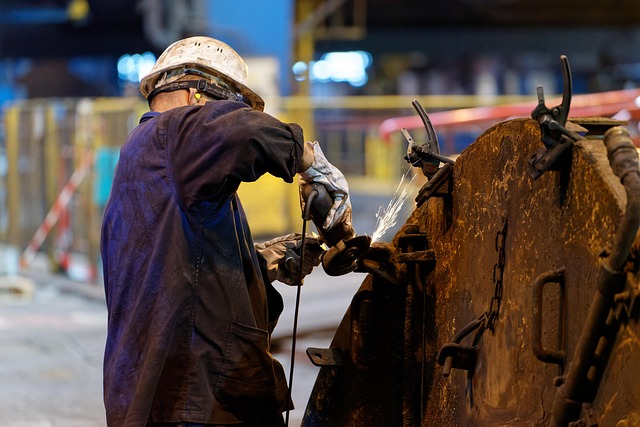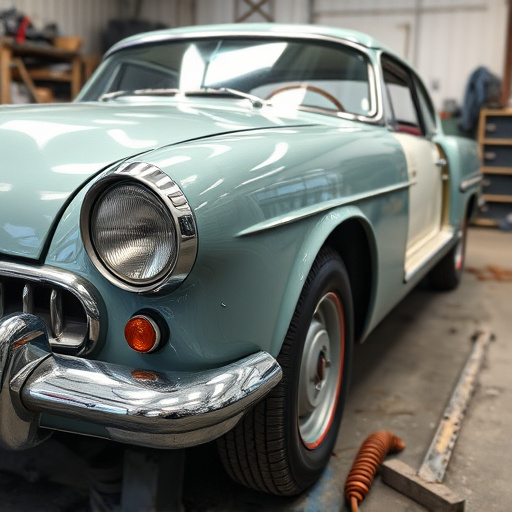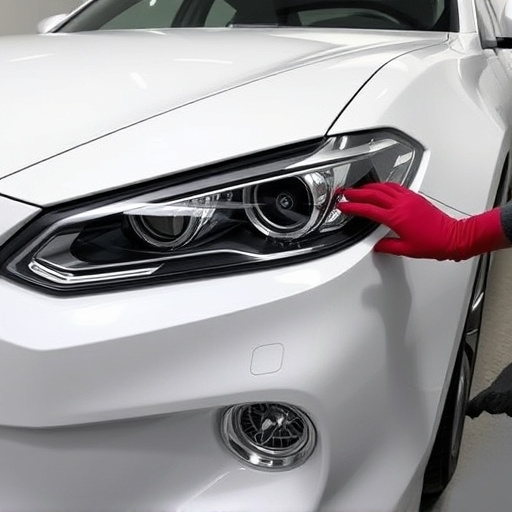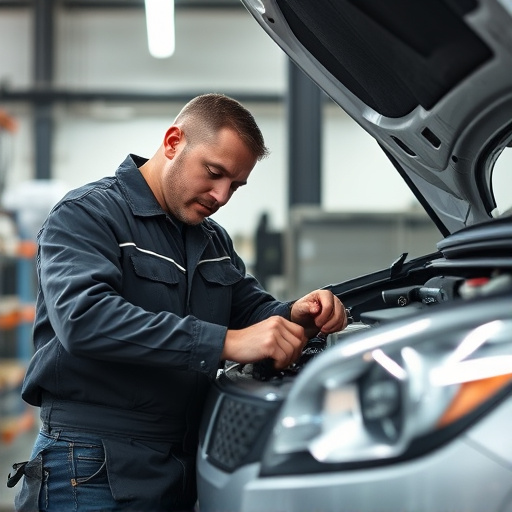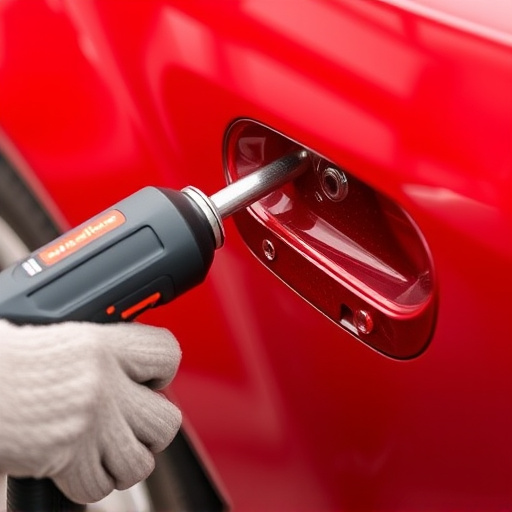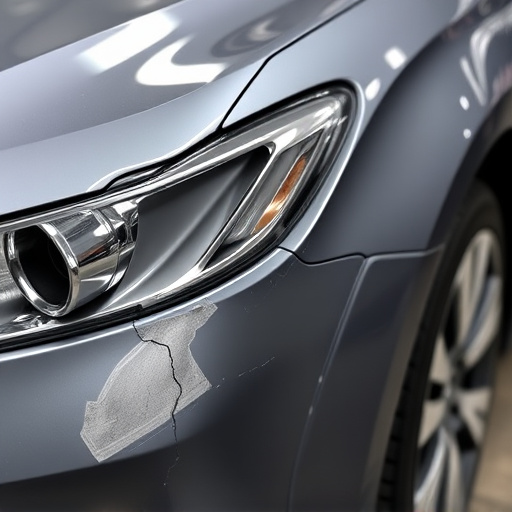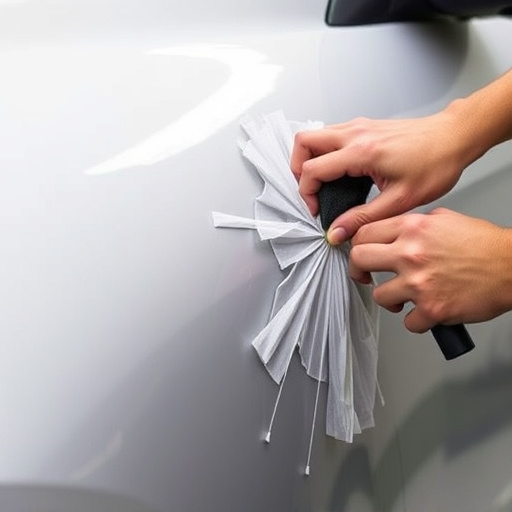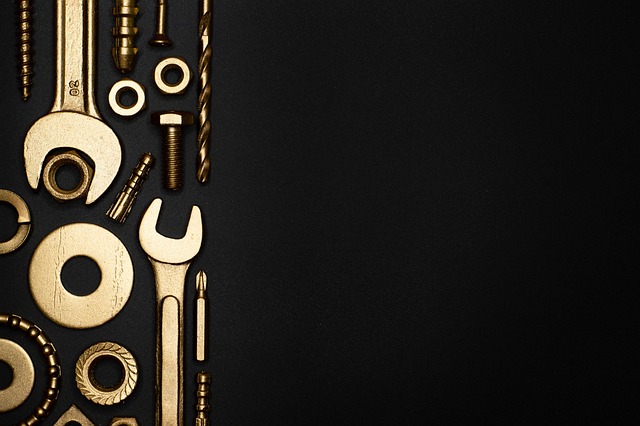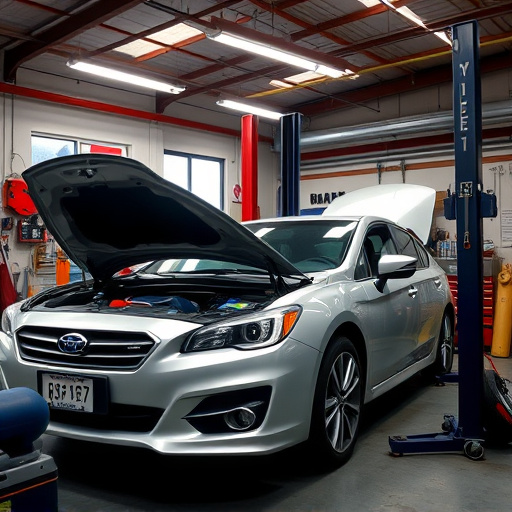Paintless Dent Repair (PDR) offers collision repair shops enhanced efficiency, reduced turnaround times, and cost savings. By avoiding extensive painting processes, PDR technicians can quickly remove dents while preserving vehicles' original factory finishes, enhancing customer satisfaction and building trust in their skills. PDR's environmental benefits further appeal to eco-conscious customers, making it a sustainable choice that keeps cars looking new and reduces waste.
Technicians in the automotive industry are constantly seeking efficient methods to enhance their work. Professional Detailing and Repair (PDR) stands out as a game-changer, offering numerous advantages that can transform the way technicians approach repairs. This article explores the key benefits of PDR, focusing on its impact on repair efficiency and customer satisfaction. By understanding these advantages, technicians can master PDR techniques, revolutionizing their workflow and delivering superior results.
- Understanding PDR: Key Benefits for Technicians
- The Impact of PDR on Repair Efficiency
- Enhancing Customer Satisfaction Through PDR Techniques
Understanding PDR: Key Benefits for Technicians
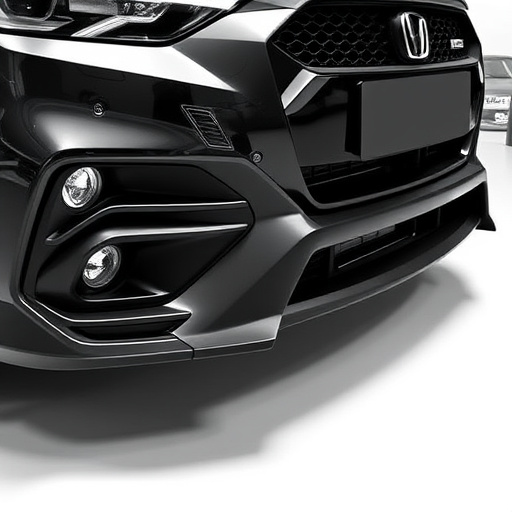
Technicians new to the field often start by learning about the fundamental principles of PDR (Paintless Dent Repair). This innovative approach to auto body repairs offers a multitude of advantages over traditional collision repair services, making it a game-changer in the auto maintenance industry. By mastering PDR techniques, technicians can provide efficient and effective solutions for dent removal, while preserving the original factory finish of vehicles.
One of the key benefits of PDR is its ability to minimize damage, ensuring that most dents can be removed without painting or replacing parts. This not only reduces costs for both customers and repair shops but also significantly cuts down on the time required for repairs. As a result, technicians skilled in PDR can offer faster turnaround times, enhancing customer satisfaction and fostering trust in their abilities, especially when it comes to autobody repairs.
The Impact of PDR on Repair Efficiency
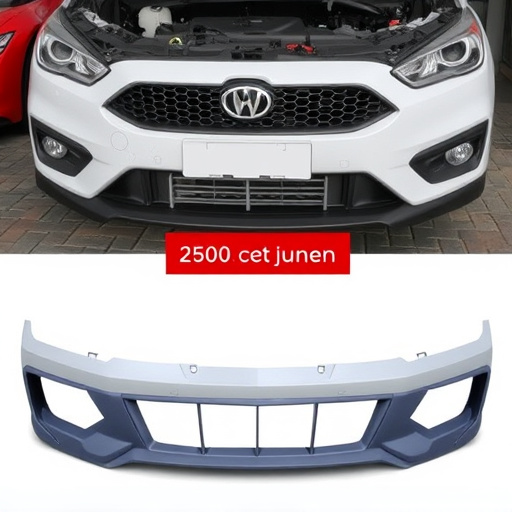
In today’s competitive automotive industry, collision repair shops constantly seek ways to enhance their efficiency and reduce turnaround times. One revolutionary approach that technicians are learning about first is the potential of Paintless Dent Repair (PDR). By mastering PDR techniques, technicians can significantly impact repair efficiency, enabling them to handle more jobs in less time without compromising quality. This non-invasive method allows for quick removal of dents and dings, often from minor fender benders, resulting in faster repairs and happier customers.
The advantages of PDR are numerous, especially when compared to traditional automotive body work. Technicians can save time by avoiding extensive sanding, priming, and painting processes, which are common in conventional repair methods. This streamlines the overall repair process, allowing collision repair shops to accommodate a higher volume of repairs without significantly increasing labor costs. Moreover, PDR’s ability to preserve the original factory finish adds to its appeal, ensuring that vehicles leave the shop looking as good as new.
Enhancing Customer Satisfaction Through PDR Techniques
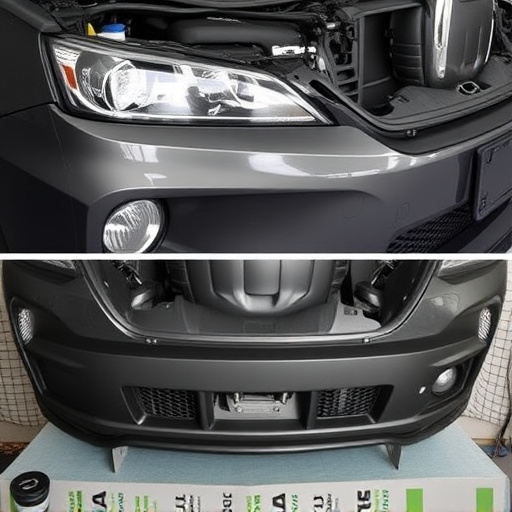
When technicians learn about PDR (Paintless Dent Repair) techniques, one of the first aspects they grasp is its potential to dramatically enhance customer satisfaction. By mastering PDR, technicians can offer a non-invasive solution for car body repair, eliminating the need for extensive paintwork and potentially costly panel replacements. This not only saves customers time and money but also ensures their vehicles retain their original aesthetics.
PDR advantages are multifaceted in the context of vehicle collision repair and bodywork. Technicians skilled in PDR can efficiently restore vehicles to their pre-incident condition, preserving the car’s value and the customer’s satisfaction. Moreover, PDR techniques are environmentally friendly, reducing waste and emissions associated with traditional painting processes, making it a sustainable choice for both technicians and customers.
Technicians who embrace PDR (Paintless Dent Repair) gain a powerful set of tools to elevate their skills. By understanding the key benefits, they can significantly improve repair efficiency, leading to faster turnaround times and enhanced customer satisfaction. PDR advantages include non-invasive techniques, reduced material waste, and the preservation of original factory finishes. These benefits not only contribute to a technician’s professional growth but also cater to the growing demand for eco-friendly and cost-effective automotive services.

